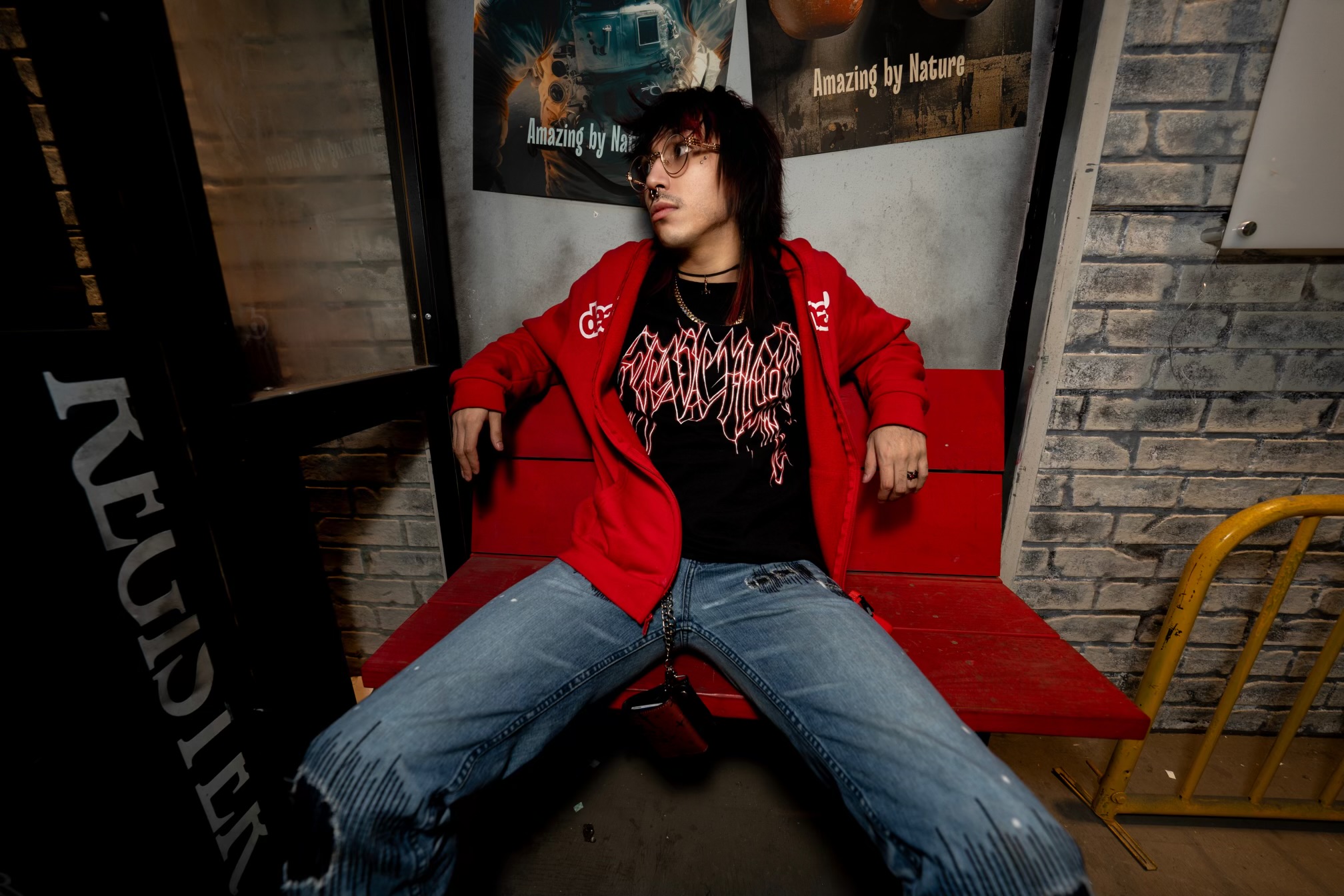Lupin III, a cultural institution in Japan, recently made took part in his most daring escapade yet: 3D CG. Directed by Takashi Yamazaki, the film, Lupin III: The First, was first released in 2019 but has only recently been made available to buy digitally in the US thanks to distributor GKIDS. Up until now, the iconic gentleman thief -- created as a direct descendant of Maurice LeBlanc's character of the same name -- has been exclusively rendered in 2D, both in print and animation.
But Lupin III: The First's medium change is not only in keeping with a changing tide in the country's animation industry (even Studio Ghibli is getting in on the computer-generated action), it's something Lupin's creator, Monkey Punch, dearly wanted for his beloved character: "3D CG Lupin is my dream."
Sadly, the famed author passed away before being able to see the finished product, adding an even weightier feeling of legacy to Lupin III: The First's dedication to him. Taking place in the era of Lupin's initial publication, Yamazaki's film is one big love letter to the franchise's past while also breezily propelling it into the 21st century. Ahead of the film's digital release, CBR spoke to the director about what this process was like, as well as the inescapable influence of another Japanese icon: Hayao Miyazaki.
CBR: Lupin is such a beloved character. How did it feel taking on the project?
Takashi Yamazaki: I've been watching Lupin since I was a kid, and I've loved him as a character so I was really happy, but also because the brand has been done by many great directors and creators, like The Castle of Cagliostro, that I felt a lot of pressure; especially because I was dealing with moving into [a] new medium, which is [Lupin's] first CG 3D animation, so I was a little worried and excited. But I didn't want to regret not doing it; rather, I wanted to do it and regret it rather than not take it!
You've just touched upon this already but, what’s your relationship with the character like -- when did you first become a fan of Lupin?
As a kid, I lived in the countryside but I came to visit my relatives in Tokyo -- when I was in elementary school -- and that was when I first saw Lupin on TV, and suddenly they had Fujiko [Mine] in the shower, and I was really surprised! I'm like, 'wow, in Tokyo they have these raunchy shows, and what a scary place Tokyo is.' So that was when I first met Lupin. But [though] I was watching the TV series as a kid, I think when it hit me big was when I saw Cagliostro. It really impacted me because [while] I was watching [Lupin III] casually on TV, I didn't watch it in the theatres and I didn't really think much of it at first.
But then I was really surprised because Cagliostro was so good and I was just excited to see what entertainment could be and what they could do. So I really think Cagliostro was the biggest impact on me.
It's the same for me as well, actually, with Cagliostro, so that's interesting to hear. Your film is set in the ‘60s around the time of Lupin’s creation, and the story involves Lupin’s grandfather -- who he takes his name from. Would you say it’s a good starting point for people who aren’t familiar with the character?
I actually really did make sure to include the elements of Lupin, like, what kind of person he is to make sure first-time viewers could understand [that]. But Cagliostro is really good, so I would want people to watch that too. And, if they actually liked the Cagliostro, Miyazaki [Cagliostro's director] also worked on two TV episodes [of Lupin]. The "White Albatross," ["Wings of Death: Albatross"] and I think, "Goodbye." ["Goodbye Partner"] I'm sorry I don't have the English titles right now, but if they can watch the other two episodes that he worked on.
I actually think those two episodes are even better -- [they] could be better than the movie Cagliostro so I really want people to watch it, but then I'm just, you know, advertising other people's work and not talking about my own work so it'd be nice if they can watch mine, but, of course, the other movies, too.
When I heard that the film was going to be CG 3D I think I was a little curious and maybe even skeptical about how well that would work. But even from the first trailers I just thought, 'Wow, it looks great!' Seeing the full movie, it's such an amazing technical achievement -- and I know it was something Lupin's creator, Monkey Punch, was keen to see realized for the character. What are you most proud of and what do you think the biggest challenges were?
To answer a question of what was well done and what was the most challenging -- it's actually the same thing. It was really keeping to the style and then adapting it into 3D and just as you said, I wanted people to be wowed by this new medium, so the staff worked really hard on that [and] I really want the fans to appreciate what they did.
I think that those that haven't seen Lupin III: The First will, and for those that have, the film has had rave reviews, so you've definitely won people over. On a similar note, the CG style is still quite polarizing in anime. Do you have any thoughts on why this is?
In Japan?
In Japan, yes -- but also anime fans everywhere, I guess.
I think it's really just the issue of what the audiences are used to. I really think if they grew up watching CG animation, they'd be fine with it, but in Japan, we're still keeping [alive] the dying art of hand-drawn [animation], and there are just so many people who prefer hand-drawn animation. But I really think what's a good movie is a good movie; what's interesting is interesting; what's a good story is a good story: It doesn't matter what [the] medium it is.
But as [someone] who works in the CG animation industry, I really think that it's our job to try to get these people to like it and get used to it. But, you know, hand-drawn animation also has a lot of good elements and I really like it... it's just dying, or it's dying everywhere else. Japan is really the only one pushing with it, so I do want to keep it as a specific culture of Japan, too. But I really think it's just something that we have to work on.
Going off of that, what do you think the future of the Lupin III franchise is? Will we see more films of this kind?
I really think what we did with this project -- turning the brand into a CG 3D movie -- is really something special. It was like a special event that we [can] do once in a while, and I really think Lupin III is basically going to stay 2D. You know, if I have the chance to work on a CG movie again for Lupin, I would love to, but I really think Lupin III belongs to hand-drawn animation.
About The Author
